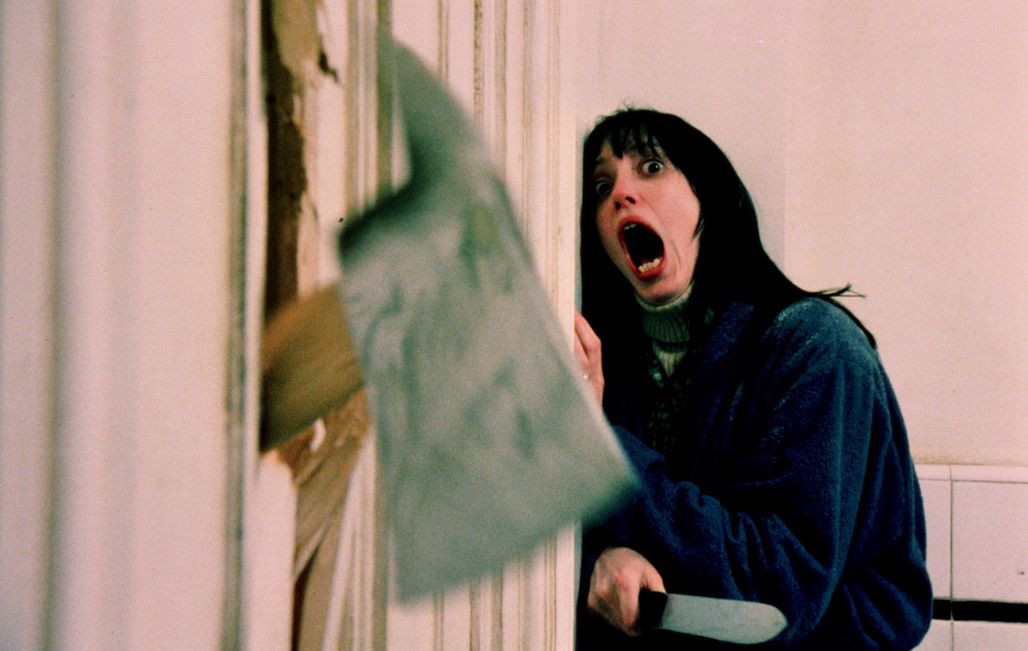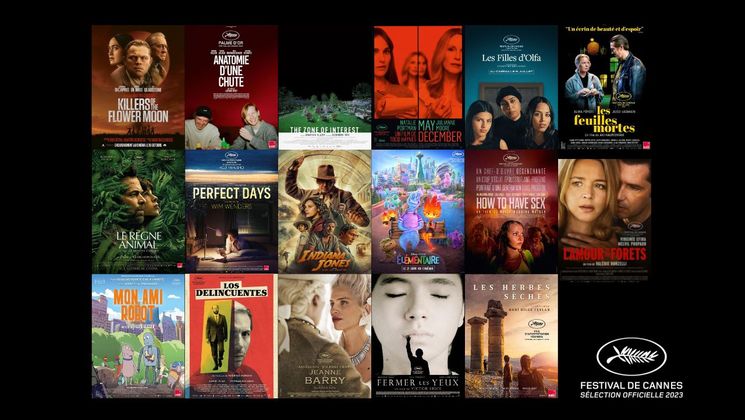
The Shining, as seen by Michel Ciment

Film critic Michel Ciment was one of the few to talk regularly with the director of The Shining up until his death. He recalls his vision of this film, one of Stanley Kubrick's most intimate works.
Why did he agree to adapt Stephen King's novel?
Kubrick never looked down on his films' conditions of success. He was not unaware of those successes gained by other adaptations of Stephen King's novels, in particular Carrie (1976) by Brian De Palma. He was anxious to embrace the trend in horror cinema and, in literature, King's novels.
Jack Nicholson was also in very much vogue…
He thought of Nicholson because he was at the height of his reputation. He was a very popular actor who seemed to fit the role perfectly in terms of his physiognomy. Kubrick was also concerned that he should keep renewing himself. He was a true artist who wanted to explore different things.
How did he approach the adaptation of the novel?
He began writing the screenplay with Diane Johnson, a novelist who taught the 19th-century Gothic novel. Kubrick almost never approached professional screenwriters. He was looking for creators. The duo did a tremendous amount of work adapting the story, moving away from the novel.
And in particular its epilogue…
In my opinion, the idea of the maze was inspired by Ken Adam, the great production designer who worked on Dr. Strangelove and Barry Lyndon. He had designed one for Sleuth (1972) by Joseph L. Mankiewicz. Ken Adam said that he had spent an evening with Kubrick and Mankiewicz. Kubrick was like an impressed little boy and hung on his every word. He then probably visited the sets of the film, which had been shot in London.
The Shining plunges us into the labyrinth of the mind…
Kubrick was always looking for the greatest possible level of success, but his artistic instincts often took precedence in his considerations. He wanted to make a horror film like De Palma. In the end, The Shining is a rather cerebral film about an artist who finds himself blocked at the moment of creation. In a way, without even being aware of it himself, he staged his own anxieties in the film. In reality, Kubrick was never without inspiration.
Is it one of Kubrick's most intimate films?
Certainly, even if the audience did not feel that he was addressing very intimate things. Pauline Kael, the great critic at The New Yorker, understood this and published a devastating critique in which she used the line that Nicholson had typed over and over at the typewriter: in her piece, however, "All work and no play makes Jack a dull boy," became "All work and no play makes STANLEY a dull boy." She identified Kubrick in his character in a rather mean way.
The shooting was gruelling for the actors…
Jack Nicholson said that Kubrick asked him to reshoot scenes over and over and that this helped him to bring something new to their vision. However, Shelly Duvall suffered a lot. She told me that when she came back from a holiday after the shooting, she had phone messages from Kubrick waiting for her. He was furious that she had told the press that one scene required 112 takes. Kubrick criticised her for not giving a more normal number, "such as 78"!


